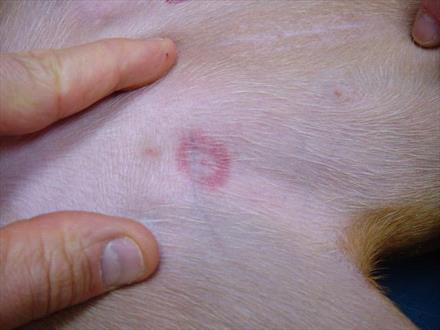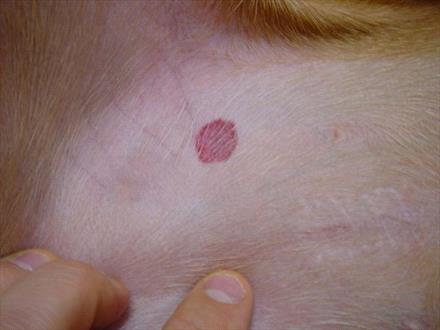Black flies (buffalo gnats) are members of the Simullidae family. Their colors vary from black to gray to yellow to olive, and their thorax is humped over the head, giving the appearance of a bison’s hump. The female flies require a blood meal to lay eggs. Males are never blood-feeders; they feed on nectar from flowers. Black fly larvae (young) are carnivorous. There are more than 1,000 species of black flies, but only a few are considered important pests. Black flies feed on all types of animals, including dogs, cats, cattle, horses, goats, sheep, wildlife, birds, and humans. Black flies are distributed throughout the world. The eggs are laid in fast-running water on stones or leaves just below the water. Larvae are nearly always found in swiftly flowing, well-aerated water.
Some species breed in larger rivers; others live in temporary or semipermanent streams. Black flies are particularly abundant in the north temperate and subarctic zones. Adult black flies may fly 8–11 miles (12–18 km) from swiftly flowing streams; migrating windborne swarms have been known to travel more than 155 miles (250 km). Black flies are active during the morning and evening hours, and during hot days, black flies rest near the ground on the underside of leaves.
Female black flies inflict painful bites, and animals' ears, neck, head, and abdomen are favorite feeding sites. Local reactions such as redness, itching, and wheals (a raised, itchy spot) at the bite site are common. There can be severe effects in sensitive animals or if the animal has a large number of bites. Swarms of black flies have caused cattle to stampede and refuse to graze, and there have been cases of death in production animals. The bites may result in petechial hemorrhage (reddish spots indicating bleeding under the skin) and lesions can take weeks to heal, especially on the teats of cows and goats. Reduced milk, meat, and egg production may result from less extensive attacks.
Poultry can become anemic from a black fly attack. Death from a severe attack can result from a toxin in the fly's saliva, which increases capillary permeability, meaning small blood vessels are compromised, permitting the fluid from the circulatory system to ooze into the body cavity and tissue spaces. Some species of black flies can transmit diseases.

Image of a black fly bite on a dog.
Photograph courtesy Dr. Joe Frost

Image of a black fly bite.
Photograph courtesy Dr. Joe Frost
Bite Prevention and Treatment
Control of black flies requires destroying breeding sites, moving animals away from the insects’ breeding grounds, and treating animals with insecticides and repellents. Black fly control is difficult because of the large number of flowing water breeding sites. Streams can be treated by using a microbial larvicide, Bacillus thuringiensisisraelensis, a product safe for mammals.
Adult black flies are small enough to pass through window screens or come indoors on or within a pet’s hair coat. The adult female flies prefer to feed outdoors and during the daylight hours. Pet owners concerned about black fly bites may use over-the-counter insect repellents. Aerosols containing pyrethrins may provide only temporary relief. Because area-wide control of black flies is difficult and expensive, people frequently use repellents daily to protect their pets and other animals.
Treatment is often unnecessary. The skin reaction usually goes away in 24 – 48 hours. But if your pet is very uncomfortable or having a more extensive reaction from the bites, your veterinarian may suggest antihistamines, steroids, anti-inflammatories, etc.